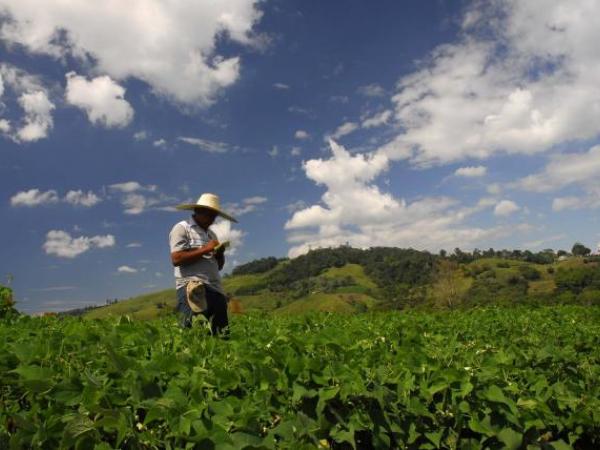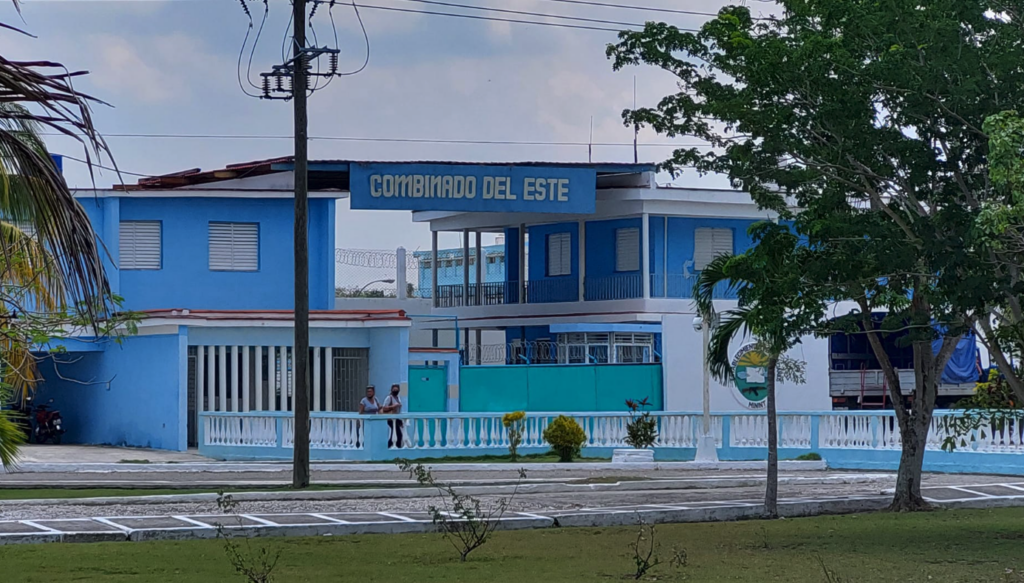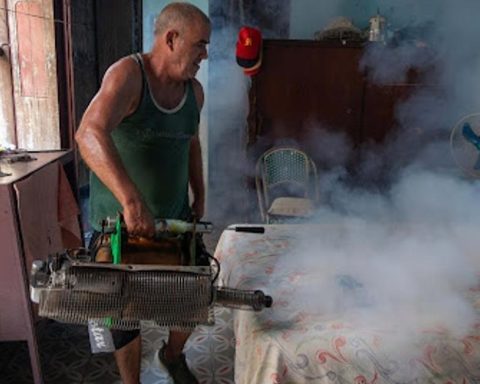In order to provide access to credit, the Minister of Agriculture and Rural Development, Rodolfo Zea Navarro, announced the injection of $50,000 million to the Agricultural Guarantee Fund (FAG), with which guarantees can be given to up to 80% of the loans made by small producers in the Colombian countryside.
The objective is to grant more than 275,000 new credits, backed by the Government, for our small producers.
(See: Coffee production in Colombia has fallen 15% so far in 2022).
“In a few words, the National Government is going to serve as a guarantor for the small farmers and ranchers of our countryside before the banks, and that they are not denied loans due to lack of collateral.”, Zea Navarro stated.
The portfolio manager explained that with this capitalization the stability and operation of the Fund is ensured, especially of small producers who do not have sufficient guarantees to be subject to credit with the Colombian financial system.
(See: Agricultural producers do not feel lower tariffs on their costs).
“To access this benefit, any small agricultural producer can approach a private financial entity or the Agrarian Bank of Colombia and request this support granted for credits through the Fund for the Financing of the Agricultural Sector (Finagro)”, indicated Zea Navarro.
Beneficiaries will receive, in addition to an 80% loan guarantee, a subsidy of almost 4% to the commission, which translates into guaranteeing a minimum rate of only 1.5%, on the value of the credit, for access to FAG services and for the granting of credit, he added.
With this, the Ministrymanages to maintain the lowest cost of access for small producers, despite the increase in risk levels evidenced by the economic situation after the covid pandemic period and shows the Government’s commitment to the reactivation of small producers in the Colombian countryside“, explained the portfolio.
(See: IICA in Colombia executed 26 cooperation actions in 2021).
The issuance of guarantees by the FAG has presented a growing trend since 2020, in the framework of the pandemic, since the greater economic vulnerability generated a increase in risk aversion of financial intermediaries and, consequently, a greater demand for collateral.
BRIEFCASE

















